Whatever you think of the name, the concept of “daycations” is pretty straightforward: take a day to explore the region around where you live and then return to sleep in your own bed at night. It’s the chance to break up a regular routine, plus it’s a great way of engaging in a little tourism without spending a fortune on accommodation, usually the heftiest expense of any holiday.
And in Ireland, where tourist accommodation is squeezed by seasonality and availability – in the last couple of years, up to a third of all hotel beds have been tied up in public contracts – that can mean significant savings.
The idea is simple: be a tourist in your own area. Take a visit to a nearby attraction, or maybe explore some ruins. Go for a hike in the mountains, or kayak on a nearby lake. Everyone’s version of the ideal day out is different and can change depending on the season and the weather.
Here are some ideas on where to explore from the base of a number of Ireland’s largest populated areas – Dublin, Cork, Limerick and Galway.
READ MORE
Dublin

Of course, you could devote plenty of days to exploring without leaving the city centre: when was the last time you went to the Natural History Museum, for example? Have you ever visited Marsh’s Library or the Casino at Marino? And while we all know it’s there, have you ever actually been to the Guinness Storehouse? But there’s a lot to explore within a couple of hours’ drive of O’Connell Street – including some genuine surprises.
Brú na Bóinne, just west of Drogheda, is one of the most known neolithic sites in the world, a Unesco world Heritage attraction that draws hundreds of thousands of yearly visitors. If you have never been, you should go.
But if you like your neolithic sites without the crowds, there’s the cairns at Loughcrew, 50km to the west, near Oldcastle along the R154. Of the 32 tombs here, Cairn T is the most accessible, a 15-minute walk up the hill from the car park. Although it mightn’t seem as impressive as Newgrange, the passageway is illuminated during the spring and autumn equinoxes, and the passageway is visible when Heritage Ireland guides are present; otherwise, the key to the gate is available from the cafe at Loughcrew Gardens.
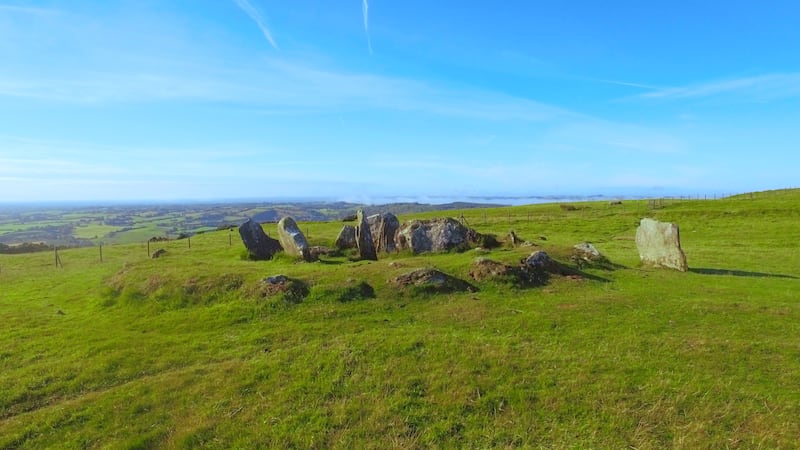
Glendalough is one of the country’s most significant and beautifully located monastic sites, but it does get busy. A far less visited alternative is the Fore Valley in Co Westmeath, about 5km east of Castlepollard near the shores of Lough Lene. There’s nary a visitor here, but the setting for the ruins of St Féchín’s 7th century monastic village is stunning: a cluster of ruins huddled at the base of a beautiful valley, that is looped by a 3km walking trail. If you do visit, be sure to pick up a guide map at the Fore Abbey Coffee Shop, which will also explain the “seven wonders” of the valley – the monastery in the bog, the water that flows uphill, the tree that won’t burn, the water that won’t boil, the anchorite in a stone, the mill without a race, and the lintel raised by the prayers of St Fechin. And even if you don’t believe, it’s a beautiful place to linger.
Cork
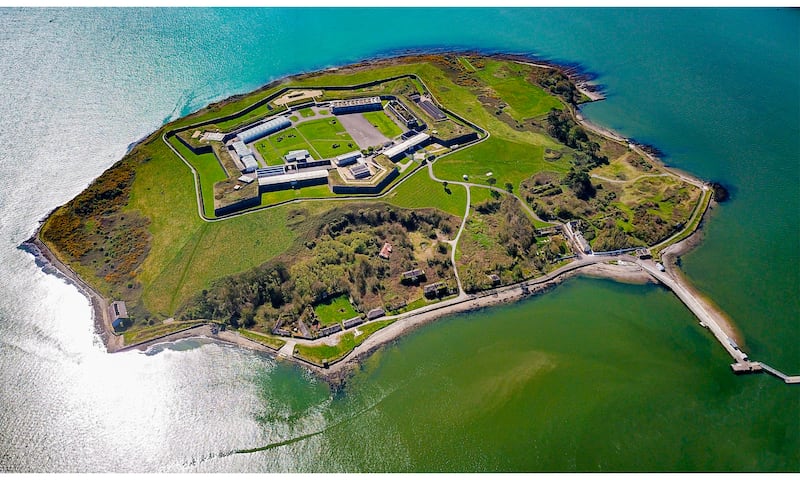
Corkonians are spoilt for choice when it comes to things to do beyond the city limits. The train ride to Fota Island, for instance, is one of the most scenic in the country, as you chug past marshy Harper’s Island and over the bridges on Lough Mahon and the Slatty Water.
Fota has plenty to keep you entertained for the day with the wildlife park and, just by the tiger enclosure, Fota House, which can be visited by guided tour. Even if you don’t step inside, take time to walk around the gorgeous arboretum.
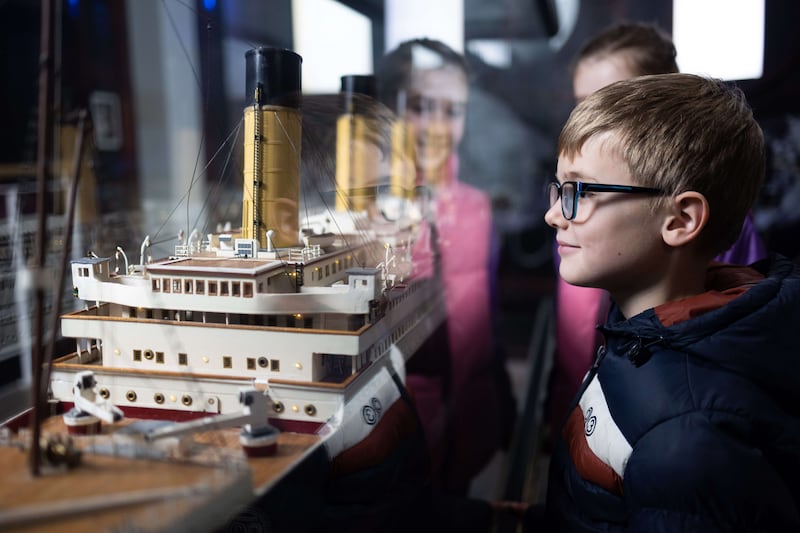
Although most Corkonians are well familiar with Cobh, how many have set foot inside the excellent Titanic Experience? While it may lack the high-tech razzmatazz of its sister museum in Belfast, the visit to the old White Star Line building (the last port of call before setting out into the North Atlantic) is a stirring one: when you enter you’re given a ticket with a real passenger’s name on it; you then go through the exhibits and find out at the end if they survived or not. Further along the seafront is the dock for Spike Island, whose 1300-year history is told in compelling detail; particularly arresting is the artwork by inmates upstairs in the punishment block.
Cork has no shortage of terrific hikes, including the wonderful cliff walk that starts at Knockadoon Pier, 45km east of the city on a headland looking out over Capel Island. The 7km-long looped cliff walk is stunning, taking you along the coastline past the old signal tower (which dates from 1803) and back to the pier, which is a popular spot for a swim. About 500 metres offshore, Capel Island is an uninhabited bird sanctuary; you’d need permission from Birdwatch Ireland to visit.
Limerick

There’s a lot to see in Limerick these days, from the relatively new to the very old. The wonderful International Rugby Experience opened in 2023 and tells the story of the sport as well as providing a chance to test your kicking skills. King John’s Castle has stood on the banks of the Shannon for 800 years, but when was the last time you went inside? If it’s been a while, you might enjoy the primer on Irish history (there’s a lot of gore) and the chance to try some medieval games in the courtyard, like a proper game of hopscotch.
What about experiencing Limerick from the water? Nev Sail has kayaking tours that start just behind the Hunt Museum and take you up and down the river, under the bridges and up close to the sturdy walls of the castle.
If you’re looking for more watery adventures outside the city, head north to Killaloe, where Cillian O’Mara and Keith Drayton’s My Next Adventure has a range of kayaking tours: the Brian Ború Experience is a two-hour trip through 1000 years of history (and 13 of Killaloe’s stone bridges) as far up as Lough Derg. The Full Moon Kayaking takes you right out into the middle of Lough Derg at sunset before returning to Killaloe.
For an even more active day out, the Ballyhoura Mountain Bike Trails are, at 98km, the largest of its kind in Ireland, weaving in and out of thick forest and gorgeous mountain views – and they’re only a 45km drive south of the city, just beyond Kilmallock. There are five loops of varying length and difficulty, from gentle, family-friendly slopes to rugged speed tracks designed to challenge the most intrepid riders (you might even catch world champion rider and local lad Oisin O’Callaghan going for a spin). If you don’t have a bike, you can rent everything – including helmets and protective pads – from the Ballyhoura Mountain Bike Centre at the base of the mountain. If you prefer to do your wandering on two feet, the waymarked Ballyhoura Way wends its way through 90km of forest trail, field paths, moorland and tarmac road.
Galway
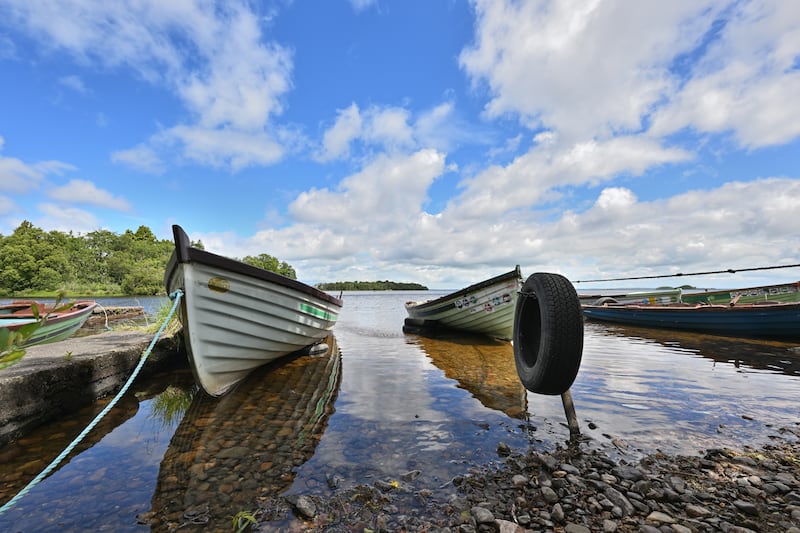
With Connemara, the Aran Islands and the Burren on its doorstep, Galwegians have no shortage of day trip options from the City of the Tribes. But even within the city there are some interesting ways to discover, not least with a tour that takes full advantage of Galway’s reputation as a capital of fine food.
Galway Food Tours is a local outfit that operates a range of food tours where you get to sample lots of different local produce, from sushi to chocolate. Day tours start outside McCambridge’s on Shop Street include six food and drink stops and you finish in the Soul Garden at the back of Massimo’s in the West End (where you bid farewell with a goody bag). They also offer whiskey and craft beer tours as well as a food and cycling tour that uses e-bikes.
Outside of the city, a journey around Lough Corrib is a fantastic day trip option. Just before you get to Oughterard, Aughnanure Castle was once home to the “fighting O’Flaherty’s”; these days the six-storey tower house on a rocky outcrop overlooking the lake is open to visitors. If you fancy getting out on to the lake, Corrib Cruises has twice-weekly summer sailings from Oughterard that take you out to explore the monastic ruins of Inchagoill, the largest island on the lake.
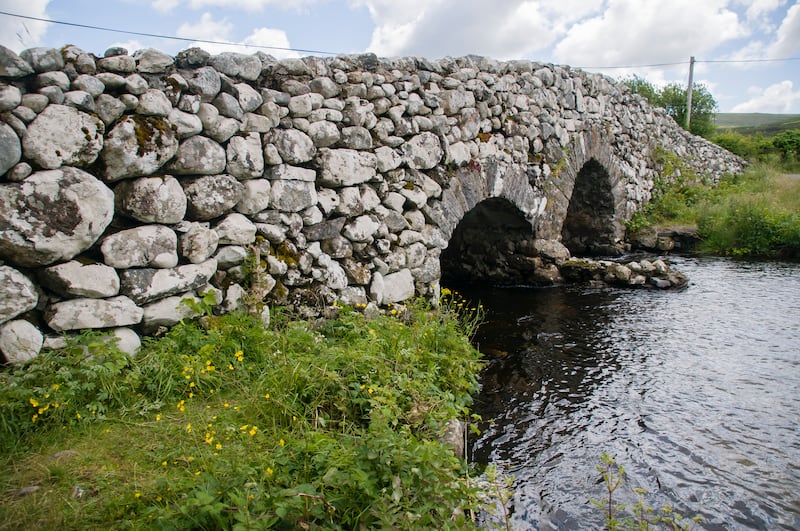
Just beyond Oughterard is the Quiet Man bridge, the idea of which has raised collective eyebrows since the 1950s film starring John Wayne and Maureen O’Hara became part of the Irish-American cultural lexicon, but there’s no denying that it’s an absolutely gorgeous spot. In Cong, there’s the Quiet Man Museum (strictly for the hard-core fans) but far more interesting is the 3km forest loop walk that brings you to Leonard’s Tower, aka the Guinness Tower, on the grounds of Ashford Castle. Climb the 85 steps to the top for views and a decent leg workout. One final stop, on the eastern side of the lake, are at the ruins of Ross Errilly Friary, just beyond Glencorrib, the most complete Franciscan monastic ruins in the country. From here, it’s 27km back to Galway City along the N84.




















